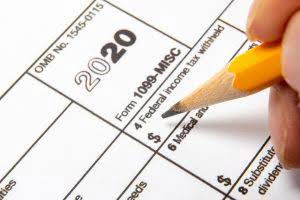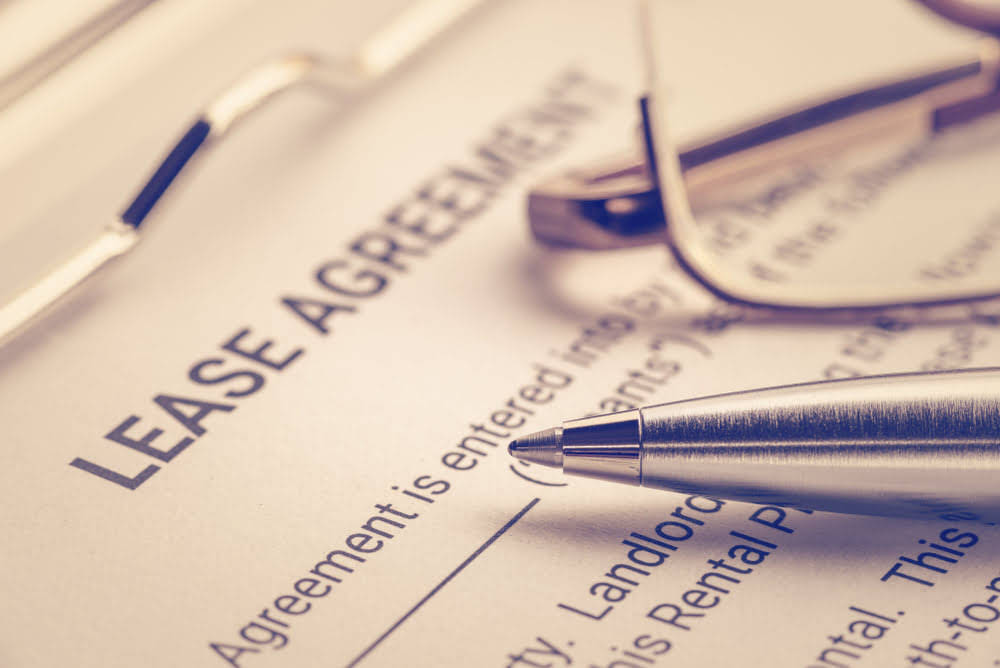
This ensures accountability and compliance, supporting both internal and external audit requirements. Each scenario will have a variety of audit risks and candidates should, as part of their planning, aim to identify as many as possible. https://www.bookstime.com/ They should then decide which of the identified risks they will explain/describe in their answer. If the question asks for five risks, candidates should aim to identify six or seven points during their initial reading of the question.

Inherent Risk
This book is authored by well-known authors in audit, accounting, and finance areas, Karla M. Johnstone, Ph.D., C.P.A. The author holds a Ph.D. in accounting and information systems. Management has the primary role and responsibility to design the control that could prevent and detect fraud. The thing is, if either one is high, the likelihood that the auditor issued an incorrect opinion is also high. Detection risk is occurred because of the auditor part rather than the client part. The risk is normally high if the transaction even involves highly human judgment—for example, the exposure to the complex derivative instrument. The same applies to accounts that require approximations or value judgments by management.
What are Audit opinions? 4 Types of Audit Opinions Explained with Example

Generally speaking, higher levels of audit risk will result in higher fees charged to clients by auditors. The common mistake is for candidates to identify a relevant issue from the scenario and then consider the risk to the company rather than to the auditor, linking into the related assertion. Auditors can also provide their opinions to business owners about the information listed on the income statement. And becomesmore specific as the auditor or audit firm learns about the audited entity. If one of the “x” variables increases, the resulting “y” variable will increase too.
Financial Statements of Audit Risk Model
Tools such as audit software, data analytics, and project management platforms enhance the accuracy, efficiency, and comprehensiveness of audit procedures. These technological advancements enable auditors to delve deeper into the data, uncovering insights that might otherwise remain hidden. The auditor is not responsible for fraud, but they are responsible for providing reasonable assurance to the users of financial statements. For example, if audit planning is poor, not all kinds of risks are defined, and the audit program used to detect those risks is deployed incorrectly.
In this regard, it can be seen that the risk of material misstatement is declared to be under the control of the management. In order to reduce the complexity of minimizing audit risk, auditors utilize a suite of sophisticated tools designed to enhance the precision and reliability of their work. These tools are not audit risk model just efficiency enablers; they are crucial in deepening the auditor’s understanding of the financial landscape they navigate, ensuring that no stone is left unturned in the quest to validate financial statements. Detection risk is the risk that the auditor’s procedures do not detect a material misstatement.

Inherent risk, control risk, and detection risk are the components that make up audit risk. Risk is inherent in every business, process, and transaction; it’s the reason internal controls must be established. However, there is a risk that the right controls were not identified or sufficiently applied to mitigate against the inherent risk in your business, processes, and transactions, which is your control risk. Further, there is a risk that even once the proper controls are applied, the auditor did not perform sufficient control testing to determine the adequacy of the design and operating effectiveness of controls (detection risk).
Inherent Risk Audit
But, there are other audit risks that auditors must look out for on a regular basis. Ensuring accuracy in financial reporting is essential for maintaining the integrity of your organization. Highradius can make a significant difference in enhancing the accuracy and efficiency of internal audits. The Highradius’ Record to Report suite streamlines the entire financial reporting process, ensuring all records are accurate and up-to-date. This suite minimizes the risk of human error and ensures consistency and compliance with regulatory standards.
- Auditor’s responses should focus on how the team will obtain evidence to reduce the risks identified to an acceptable level.
- Control risk is the likelihood that material misstatements will occur even when controls have been applied.
- If inherent risk and control risk are assumed to be 60% each, detection risk has to be set at 27.8% in order to prevent the overall audit risk from exceeding 10%.
- Given that the focus of this article is audit risk, however, students should ensure that they also make themselves familiar with the concept of internal control, and the components of internal control systems.
- By understanding what audit risks are and implementing effective measures such as adequate internal controls, companies can minimize their exposure to these risks and ensure more accurate results from their audits.
- Auditors assess inherent risk by considering the characteristics of financial statement accounts and assertions, industry benchmarks, and their own understanding of the entity’s operations and environment.
- Internal auditors typically report to the audit committee of the board of directors.
Understanding Inherent Risk – A Comprehensive Guide
Detection Risk is the risk that the auditors fail to detect a material misstatement in the financial statements. The purpose of this article is to give summary guidance to FAU, AA and AAA students about the concept of audit risk. All subsequent references in this article to the standard will be stated simply as ISA 315, although ISA 315 is a ‘redrafted’ standard, in accordance with the International Auditing and Assurance Standards Board (IAASB) Clarity Project. For further details on the IAASB Clarity Project, read the article ‘The IAASB Clarity Project’ (see ‘Related links’).
- Independent auditors and audit firms need to weigh several factors when performing them.
- Inherent risk, control risk, and detection risk are the components that make up audit risk.
- Auditors usually make use of the relationship of the three components of audit risk to determine an acceptable level of risk.
- It involves carefully aligning the audit’s objectives with the assessed risks, ensuring that efforts are concentrated where they are most needed.
- For example, auditors issued an unqualified opinion to the audited financial statements even though the financial statements are materially misstated.
Operational audits:
For example, auditors should have a proper risk assessment at the planning stages. A risk audit in project management is a systematic and comprehensive examination of a project’s risk management processes, procedures, and outcomes. It is conducted to assess how effectively risks are being identified, analyzed, monitored, and controlled throughout the project’s lifecycle. The primary goal of a risk audit is to ensure that the project team is managing risks proactively and efficiently to minimize the potential negative impacts on project objectives. You can go for Project Management certification courses to take advantage of live, interactive training sessions with certified project managers.
